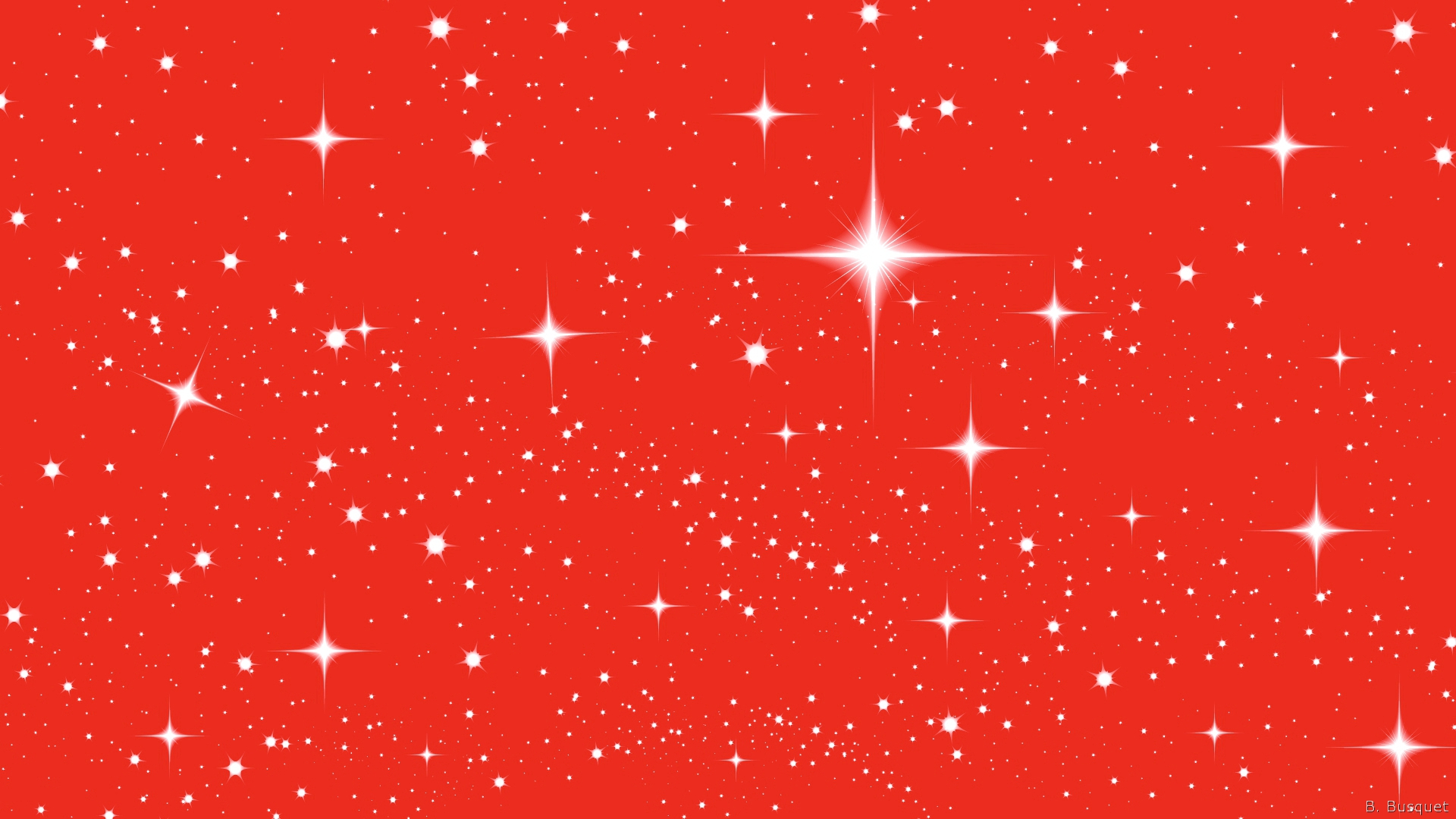- KSP Interstellar Extended aims to continue in providing a realistic road to the stars. Outer-space deployable habitat parts pack.
- About This ContentSend Hawkeye back in time with the 1940's-inspired Iron Hunter, and take to the skies with Venture as you design your very own Warbird, with this set of unique custom blocks and them.
One-time licence fee to download to multiple PS4 systems. Sign in to PlayStation Network is not required to use this on your primary PS4, but is required for use on other PS4 systems. See Health Warnings for important health information before using this product. TerraTech - To the Stars Pack. TerraTech Download link is provided below, you can get this sandbox game free for PC by following this video tutorial. This method is 100% safe and effective.
North America Nebula (IRAC + DSS)
This new view of the North America nebula combines both visible and infrared light observations, taken by the Digitized Sky Survey and NASA's Spitzer Space Telescope, respectively, into a single vivid picture.
North America Nebula (IRAC)
This swirling landscape of stars is known as the North America nebula. In visible light, the region resembles North America, but in this new infrared view from NASA's Spitzer Space Telescope, the continent disappears.
North America Nebula (IRAC + MIPS)
This swirling landscape of stars is known as the North America nebula. In visible light, the region resembles North America, but in this new infrared view from NASA's Spitzer Space Telescope, the continent disappears.
Snowflake Cluster
Newborn stars, hidden behind thick dust, are revealed in this image of a section of the Christmas Tree Cluster from NASA's Spitzer Space Telescope, created in joint effort between Spitzer's Infrared Array Camera (IRAC) and Multiband Imaging Photometer (MIPS) instruments.
NGC 1333
Most of the visible light from the young stars in this region is obscured by the dense, dusty cloud in which they formed. With NASA's Spitzer Space Telescope, scientists can detect the infrared light from these objects. This allows a look through the dust to gain a more detailed understanding of how stars like our sun begin their lives.
Large Magellanic Cloud
This vibrant image from NASA's Spitzer Space Telescope shows the Large Magellanic Cloud, a satellite galaxy to our own Milky Way galaxy.
Carina Nebula
This is the 'South Pillar' region of the star-forming region called the Carina Nebula. Like cracking open a watermelon and finding its seeds, the infrared telescope 'busted open' this murky cloud to reveal star embryos tucked inside finger-like pillars of thick dust.
Triangulum Galaxy
This image is a blend of the Galaxy Evolution Explorer's M33 image and another taken by NASA's Spitzer Space Telescope. M33, one of our closest galactic neighbors, is about 2.9 million light-years away in the constellation Triangulum, part of what's known as our Local Group of galaxies.
Terratech free. download full
Rho Ophiuchi

Newborn stars peek out from beneath their natal blanket of dust in this dynamic image of the Rho Ophiuchi dark cloud from NASA's Spitzer Space Telescope. Called 'Rho Oph' by astronomers, it's one of the closest star-forming regions to our own solar system. Located near the constellations Scorpius and Ophiuchus, the nebula is about 407 light years away from Earth.
The Sword of Orion
This infrared image from NASA's Spitzer Space Telescope shows the Orion nebula, our closest massive star-making factory, 1,450 light-years from Earth. The nebula is close enough to appear to the naked eye as a fuzzy star in the sword of the popular hunter constellation.
The Pinwheel Galaxy
The Pinwheel galaxy, otherwise known as Messier 101, sports bright reddish edges in this new infrared image from NASA's Spitzer Space Telescope. Research from Spitzer has revealed that this outer red zone lacks organic molecules present in the rest of the galaxy. The red and blue spots outside of the spiral galaxy are either foreground stars or more distant galaxies.
Milky Way Galactic Center
This dazzling infrared image from NASA's Spitzer Space Telescope shows hundreds of thousands of stars crowded into the swirling core of our spiral Milky Way galaxy. In visible-light pictures, this region cannot be seen at all because dust lying between Earth and the galactic center blocks our view.
Pleiades Cluster
The Seven Sisters, also known as the Pleiades, seem to float on a bed of feathers in a new infrared image from NASA's Spitzer Space Telescope. Clouds of dust sweep around the stars, swaddling them in a cushiony veil.
Helix Nebula
This infrared image from NASA's Spitzer Space Telescope shows the Helix nebula, a cosmic starlet often photographed by amateur astronomers for its vivid colors and eerie resemblance to a giant eye.
Soul Nebula
W5 spans an area of sky equivalent to four full moons and is about 6,500 light-years away in the constellation Cassiopeia. The Spitzer picture was taken over a period of 24 hours.
Small Magellanic Cloud
The infrared portrait of the Small Magellanic Cloud, taken by NASA's Spitzer Space Telescope, reveals the stars and dust in this galaxy as never seen before. The Small Magellanic Cloud is a nearby satellite galaxy to our Milky Way galaxy, approximately 200,000 light-years away.
Terratech Download Free
Messier 17
Terratech - To The Stars Pack Download Free
NASA's Spitzer Space Telescope has captured a new, infrared view of the choppy star-making cloud called M17, also known as the Omega Nebula or the Swan Nebula.
Comments are closed.